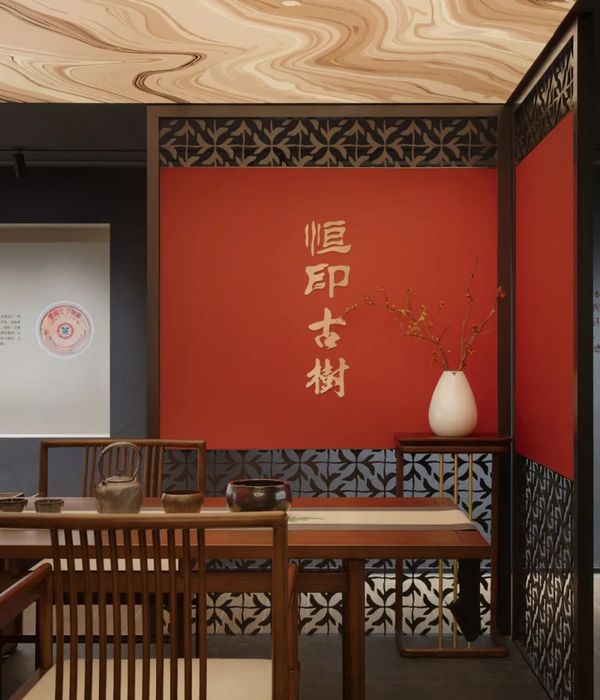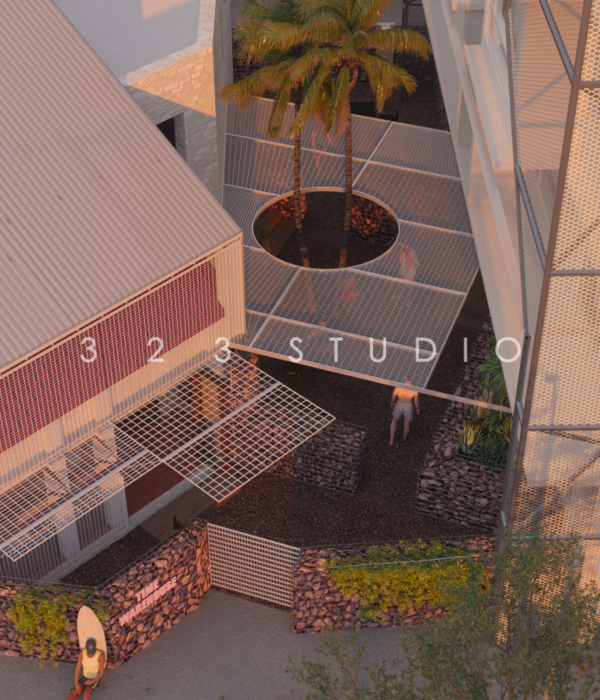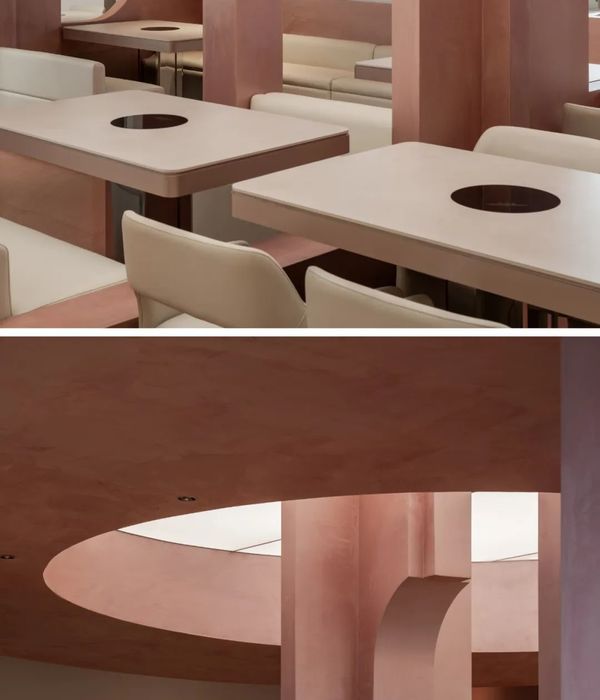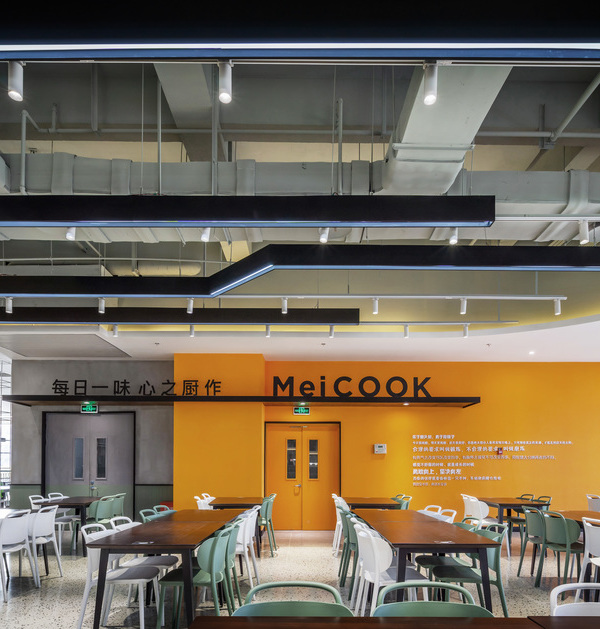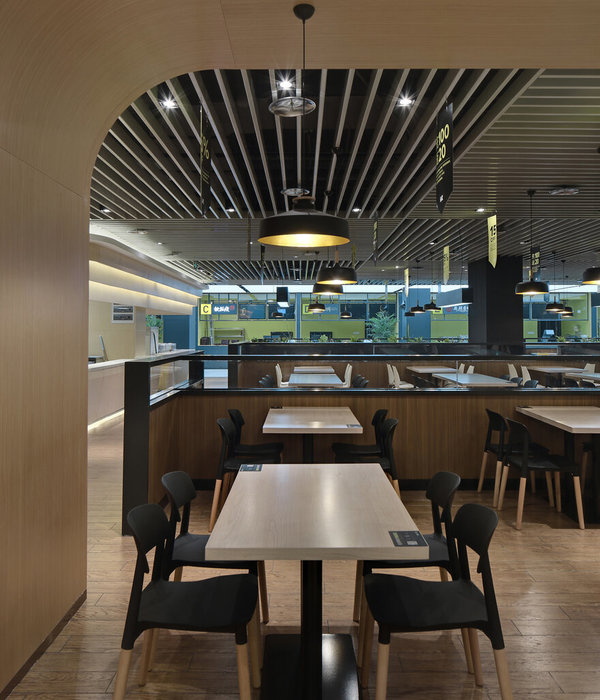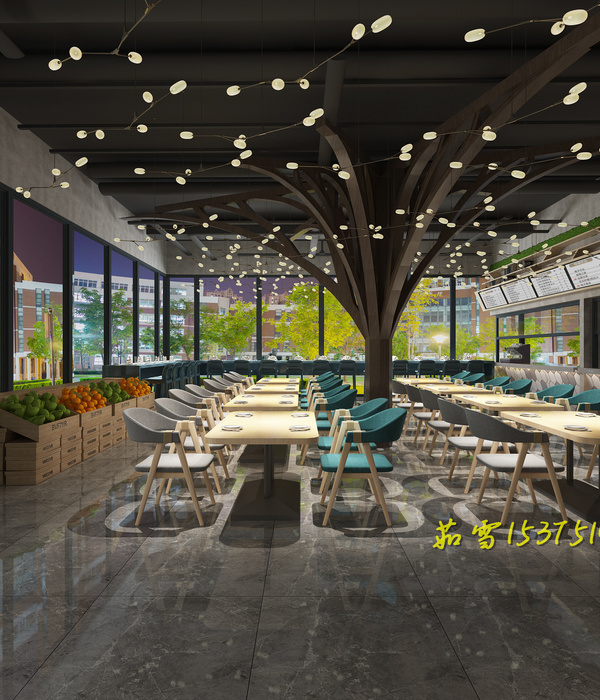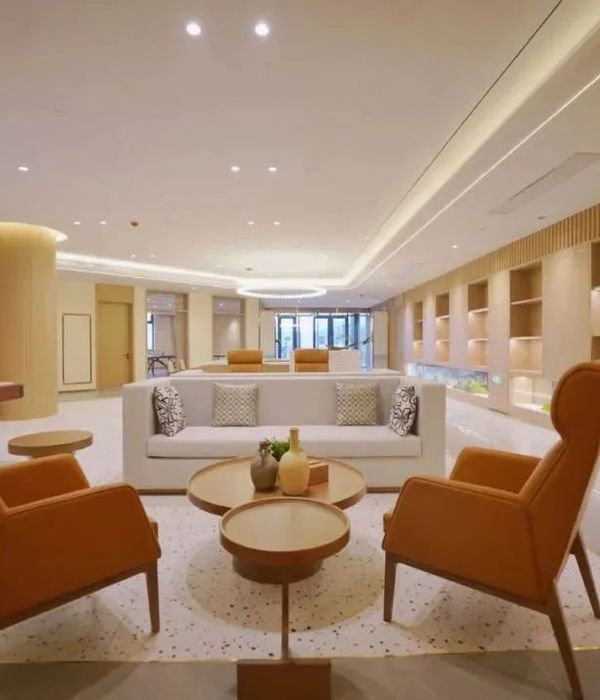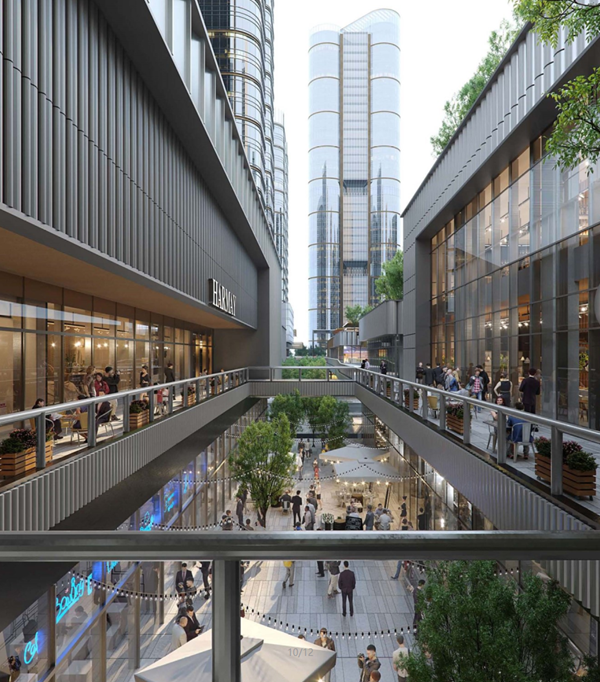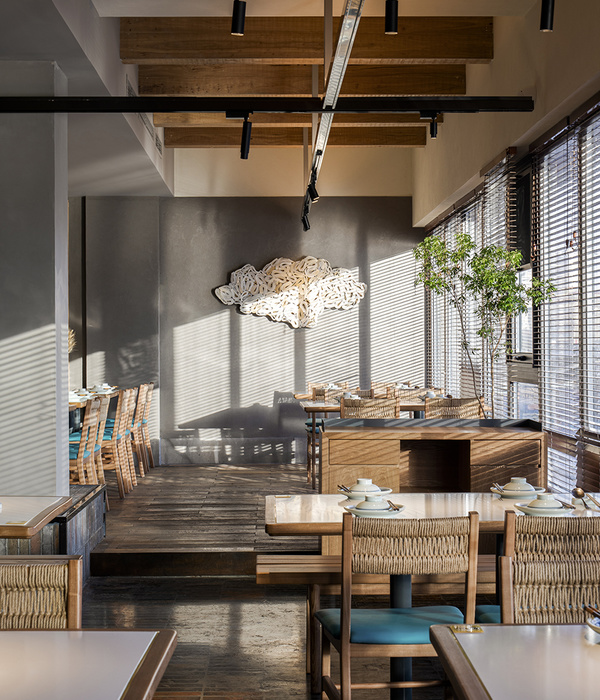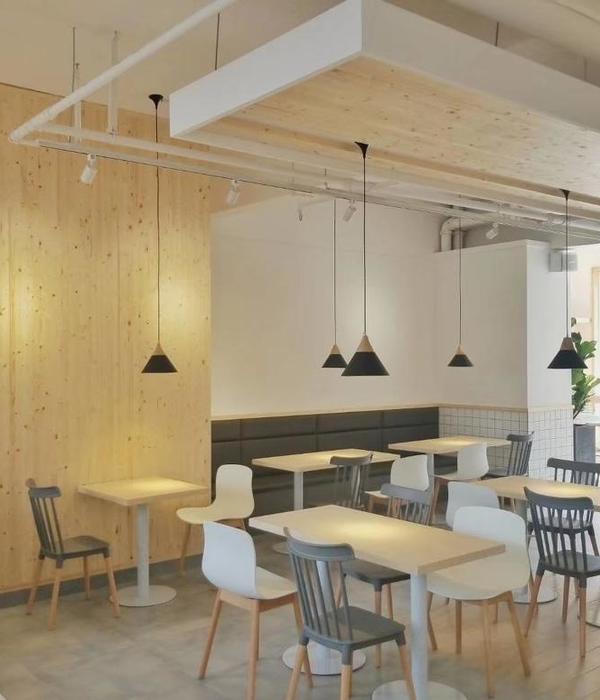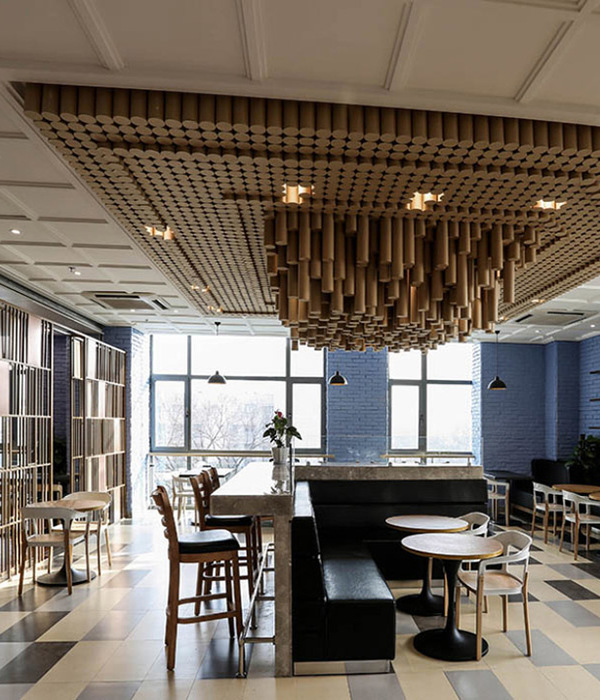Kengo Kuma & Associates:最小的物质怎么可能对身体产生最大的影响呢?这就是我们的出发点。物质的体积越小,人体就越敏感,试图集中精力在有限的、薄的、小的、微小的物质上,以便从物质中嗅出或捕获“某些东西”。日本茶馆实际上遵循了这一原则,并继续削减其材料的数量。你可以很容易地发现,茶馆里所有的框架,从柱子到横梁,都是非常小、薄和纤细的。
Kengo Kuma & Associates:How could a minimum material induce a maximum effect on a body? That was our starting point. The more the volume of the material is reduced, the more human body becomes sensitive and tries to concentrate on the limited, thin, small and slight material in order to smell out or catch “something” from it.Japanese tea house has actually followed this principle and has continued to be cut down its volume of materials. You could easily find out that all the frames in tea houses, from pillars to beams, are incredibly tiny, thin and slim.
在这个项目中,我们创造了一个5米高,充满透明气味的茶馆,使用了直径只有4毫米的白色竹签,这是我们现代技术可以实现的。我们的目的是在这个精致的结构中画出最大的景物效果。我们最终在两个不同的空间里建造了两座房子。一个是“现实的建筑”,或者“父亲的建筑”,另一个是“虚无的建筑”或者“母亲的建筑”。天父的建筑在空间中独树一帜,充满了日野(日本)柏树的香气。母亲的结构是一个包裹着你身体的茧,充满了榻榻米的味道。
In this project, we created a 5m-high teahouse filled with transparent scent, using whittled bamboo sticks in only 4mm diameter, which could be realized because of our modern technology. We aimed to draw out maximum effect of scene from this delicate structure.We eventually built two houses in two different spaces. One is “architecture of reality”, or “architecture of a father”, whereas the other is “architecture of void” or “architecture of a mother”. The father’s construction stands alone in the space and is filled with aroma of Hinoki (Japanese) cypress. The mother’s structure is a cocoon that wraps your body and is full of Tatami smell.
地址:皇家学院,伦敦,英国 时间:2014 类型:装置,灯光 面积:90 m2
location:Royal Academy, London, UK year:2014 Type:pavilion Area:90 m2
{{item.text_origin}}

